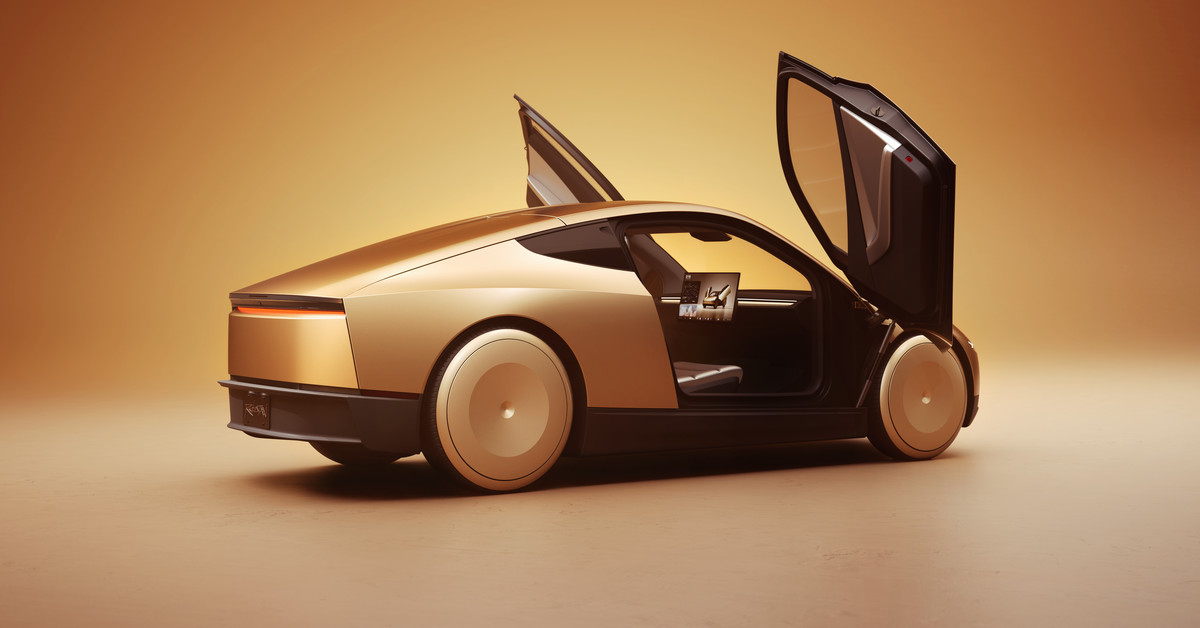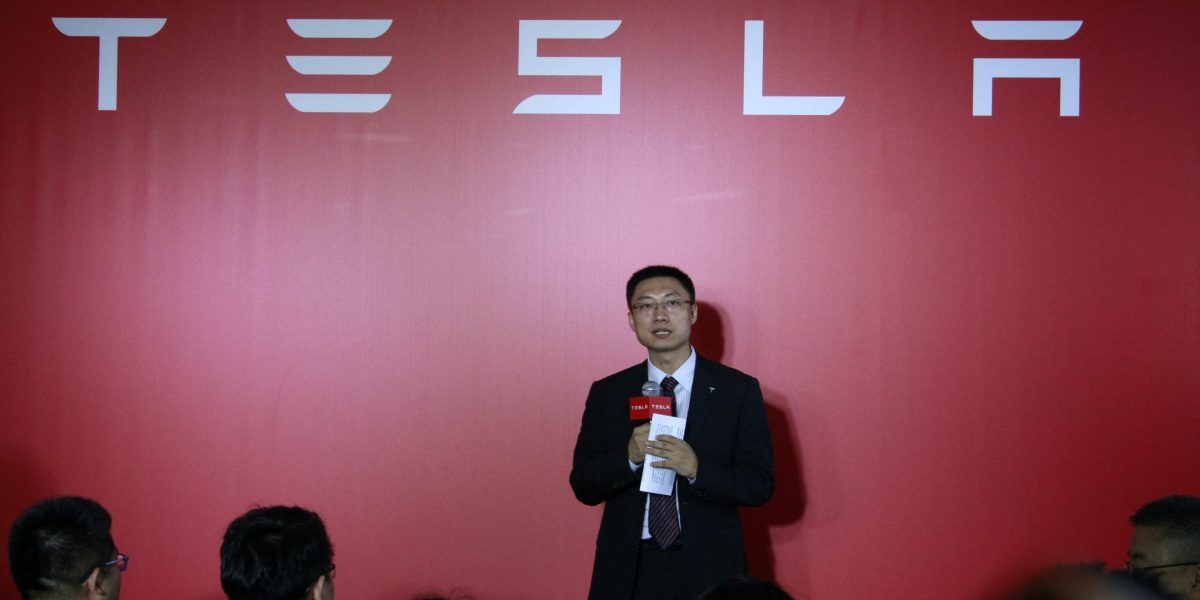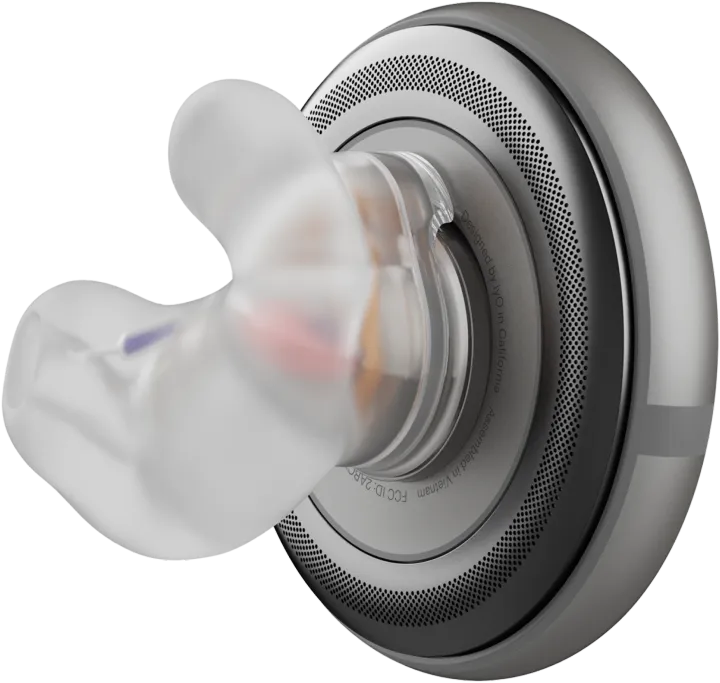Can Tesla deliver robotaxis? They'll have to answer these 15 questions first

A few days ago, Elon Musk showed off his promised robotaxi, the Cybercab.

This Cybercab might never get to the streets–or at least not without solving half a dozen critical problems. We are talking about regulatory approval, liability in the event of a crash, and remote assistance, not to mention logistical challenges such as fleet maintenance and handling emergency situations.
Kyle Vogt, the ex-CEO of Cruise, was immediately even more blunt regarding the Cybercab show and listed 15 key questions to be answered before you could even think about taking Musk at his word:
- Handling Stuck Vehicles: Are there remote operators or procedures to move vehicles that get stuck?
- Collision Detection: Is there a system to detect even minor collisions and comply with reporting requirements?
- AI Override: Can remote operators confirm critical decisions in complex situations?
- First Responder Access: Can responders unlock and move stuck vehicles, and is live support available?
- Connectivity Failures: How do vehicles stay connected, and what happens if they lose connection?
- Sensor Cleaning: Are there mechanisms to clean blocked sensors and maintain performance?
- Degraded Performance: Can the vehicle safely pull over if systems fail, even on highways?
- Congestion Management: Are there controls to prevent traffic jams at busy locations?
- Emergency Detection: Do vehicles correctly react to emergency vehicles and scenes?
- Complex Situations: Can the vehicle detect unusual obstacles like flooded areas or wet cement?
- Liability: Who is responsible in the event of an accident or damage?
- Regulatory Compliance: Do vehicles meet all legal requirements and self-certify as compliant?
- Bad Weather: Can the system adapt to sudden weather changes and stop operations if conditions worsen?
- Appropriate Pullovers: Does the vehicle avoid stopping in restricted or unsafe areas?
- Obeying Local Laws: Does the system adhere to local traffic laws, and who is liable for violations?
The latest Tesla show did everything possible to overshadow the lack of clear solutions to these critical questions. For the last ten years, large-scale deployment of robotaxis has always been "only two years away." I'm not sure we're bridging this gap anytime soon.
If you pause further and consider all of Elon Musk's ventures, Tesla is certainly now in sharp contrast with what SpaceX is showing off.
I sincerely feel that much of the attention given to Elon Musk's genius should instead be redirected to Gwynne Shotwell, just as much of the criticism addressed to Tesla's lack of focus should also be attributed to Tom Zhu.
Don't know these names?
Exactly.








